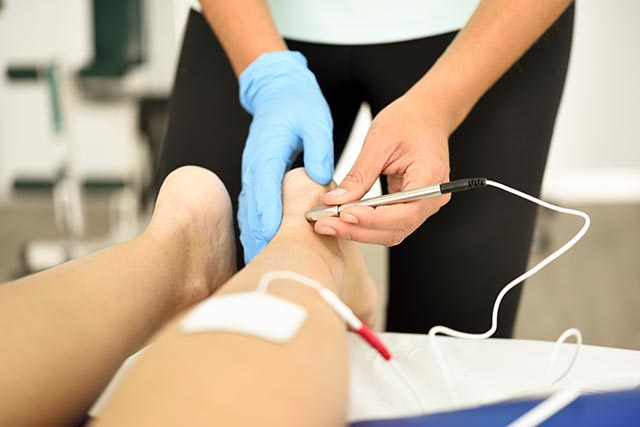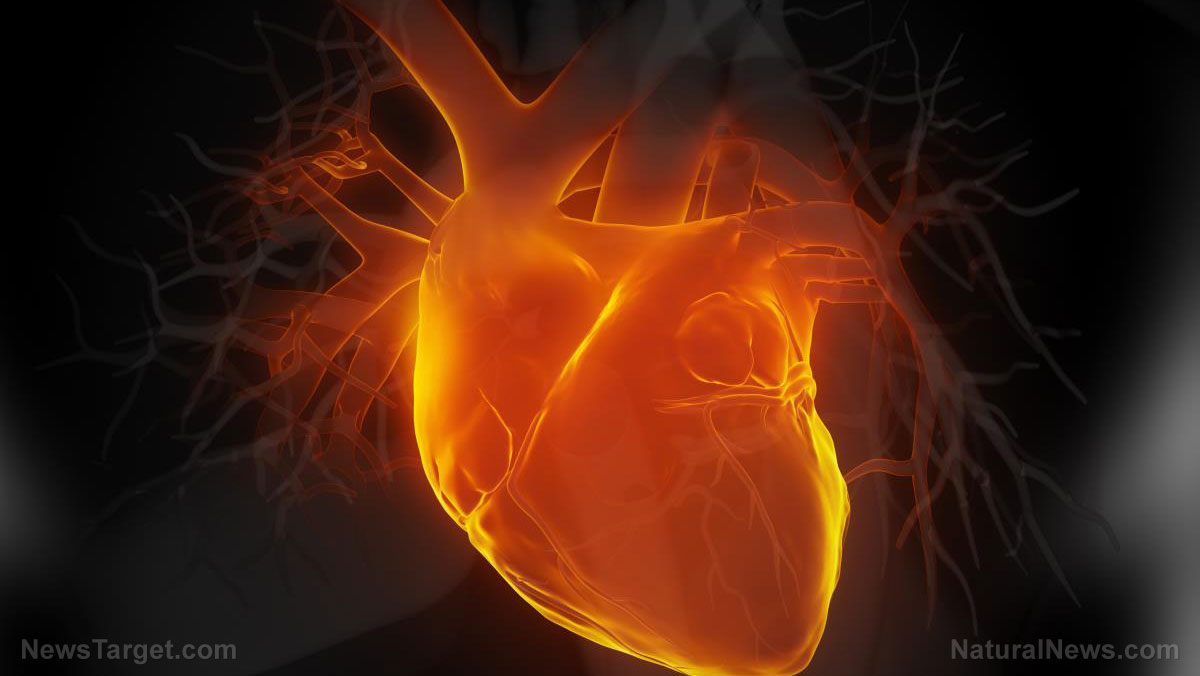Taking the time to become aware of your body can dramatically improve your heart rate
12/07/2018 / By Ellaine Castillo

It’s normal to feel your heart racing, especially when you’re nervous or excited. However, if this continues for a long time, it can cause the heart to crash and burn. This can mean an underlying problem which must be attended to immediately. To improve heart rate, researchers from Sao Paulo State University, Salgado Institute of Integral Health, and Nove de Julho University suggest one way of improving heart rate is by undergoing basic body awareness therapy.
Different factors control a person’s heart rate, but none as relevant as the autonomic nervous system. The system is composed of sympathetic nerves, which cause an increase in heart rate through the release of epinephrine and norepinephrine, and parasympathetic nerves that are responsible for reducing heart rate by releasing acetylcholine. The nervous system is also connected to the heart, which explains why psychological factors like depression and anxiety can manifest themselves in chronic musculoskeletal conditions.
People use what’s known as heart rate variability (HRV) to assess the complex relationship between heart rate and these factors. HRV measures the interval between successive heartbeats, and it can be analyzed using time or frequency. Time is simply the difference between consecutive intervals, while frequency is based on a plot of heartbeat intervals versus time or beat number. With this method, professionals can evaluate a person’s mental and physical health since higher variability is associated with a better form.
Basic body awareness therapy is a commonly used method for improving both mind and body functions. This method asks the patient to focus their attention on internal body sensations to increase their awareness of their behavior as well as their intrapersonal and interpersonal interactions. It involves simple exercises like stopping moving while sitting, lying down, standing, or walking, while emphasizing each movement. Healthcare professionals utilize basic body awareness therapy to improve mental health and chronic pain. However, its effects on the autonomic nervous system and the body have not been thoroughly studied.
In this study, which was published in Complementary Therapies in Clinical Practice, the researchers evaluated the immediate effects of a single basic body awareness therapy session on heart rate variability as well as sympathetic and parasympathetic functions. Thirteen healthy participants who had an average age of 20.5 years to underwent a 50-minute therapy session, which encouraged them to get to know their own bodies. Afterward, they performed exercises for postural balance, grounding, coordination, and breathing.
The authors observed that a session of basic body awareness therapy caused significant improvements in heart rate variability. This finding was based on the observed increase in low-frequency domains of heart rate as well as the sympathetic and parasympathetic functions.
Overall, this study proves that basic body awareness therapy can be used to improve heart rate as well as a person’s general well being since it promotes balance in autonomic nervous system functions. (Related: Noise pollution linked to increased heart rate and heart attack risk.)
Other methods to improve heart rate
People who suffer from low heart rate variability are likely to have diseases like myocardial infarction, coronary heart disease, hypertension, diabetes, alcoholism, and cancer. Because of this, it is important to take the necessary actions to improve heart rate. These include the following:
- Maintaining a healthy weight — Excess weight can lead to the buildup of plaque in the blood vessels, hindering the flow of blood. This means that the heart has to beat faster and harder to pump blood.
- Reducing stress — People who are under a lot of stress experience an increase in heart rate as well as blood pressure, which can lead to cardiovascular disease.
- Quitting smoking — Cigarettes cause the heart to beat more rapidly even when the person is just resting. Quitting brings back heart rate to normal.
For more articles about maintaining heart health, visit Heart.news.
Sources include:
Tagged Under: autonomic functions, Autonomic nervous system, basic body awareness therapy, clinical therapy, heart health, heart rate, heart rate variability, holistic therapy, natural remedy, parasympathetic activity, physical therapy, sympathetic activity




















